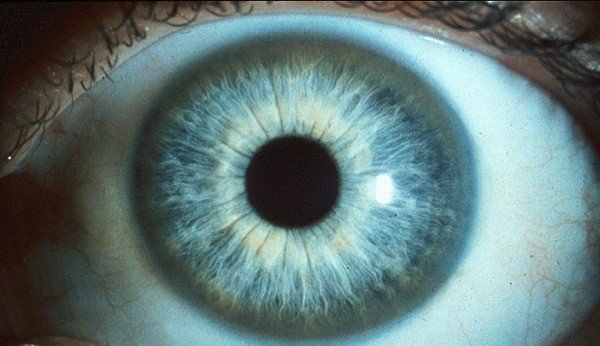Wilson’s disease

Wilson’s disease is a rare hereditary disease characterized by the accumulation of too much of the mineral copper in the liver, brain and other vital organs. The symptoms of the disease appear for the first time between the ages of 12 and 23.
Copper plays a key role in the development of healthy nerves, bones and the skin pigment melanin. Normally, copper is absorbed from food and any excess is excreted through bile – a substance synthesized in the liver.
But in people affected by this disease, copper is not excreted from the body properly and instead accumulates, possibly to life-threatening levels. When detected early, the disease is treatable and many affected people live normal lives with it.
What are the symptoms?
The disease causes a wide variety of signs and symptoms that are often confused with other diseases and conditions. Clinical manifestations vary depending on which parts of the body are affected. They can be:
• Tiredness, lack of appetite or abdominal pain;
• Jaundice – yellowing of the skin and the whites of the eyes;
• Propensity to injure easily;
• Fluid accumulation in the legs and the abdomen;
• Speech disorders, difficulties in swallowing or coordination;
• Uncontrolled movements or muscle stiffness;
• In 50% of patients whose liver is affected, a Kaiser ring is formed -Fleisher, which is a greenish color on the periphery of the cornea of the eyes.
When should you seek medical attention?
Seek medical attention if you experience any signs or symptoms that concern you. If a family member has been diagnosed with the disease, your treating doctor should recommend that you get tested to determine if you may have acquired the disease.
What are the causes?
The disease is inherited as an autosomal recessive trait, meaning that to develop the clinical condition a person must inherit 2 copies of the defective gene, one from each parent.
If you inherit only one abnormal gene from your parents, you will not get the disease, but you are considered a carrier and can pass it on to your children.
Wilson’s disease treatment
Your doctor may recommend drugs called chelating agents to prompt your organs to release accumulated amounts of copper into the bloodstream.
The mineral is then filtered by the kidneys andexcreted from the body through the urine. Treatment then focuses on preventing the re-accumulation of copper in the body. When the liver is too severely damaged, a transplant may be necessary.
Medications
The following drugs are most often used to treat the disease:
• Penicilamine – this chelating agent can cause serious side effects, such as skin problems, suppression of bone marrow function, and exacerbation of clinical symptoms.
• Trientin – its action is similar to penicillamine, but causes much fewer side effects. However, there is a risk of worsening neurological symptoms with the drug, although this is thought to be less likely than with penicillamine.
• Zinc Acetate – this medicine prevents the absorption of copper from the food we eat. It can cause stomach upset.
If you suffer from Wilson’s disease, your doctor may recommend that you limit the amount of copper you get in your daily diet.
Copper levels in your tap water may be elevated if the pipes in your home are copper. Remember that you should avoid dietary supplements containing honey.
Foods containing larger amounts of honey are:
• Liver;
• Mussels;
• Mushrooms;
• Nuts;
• Chocolate;



